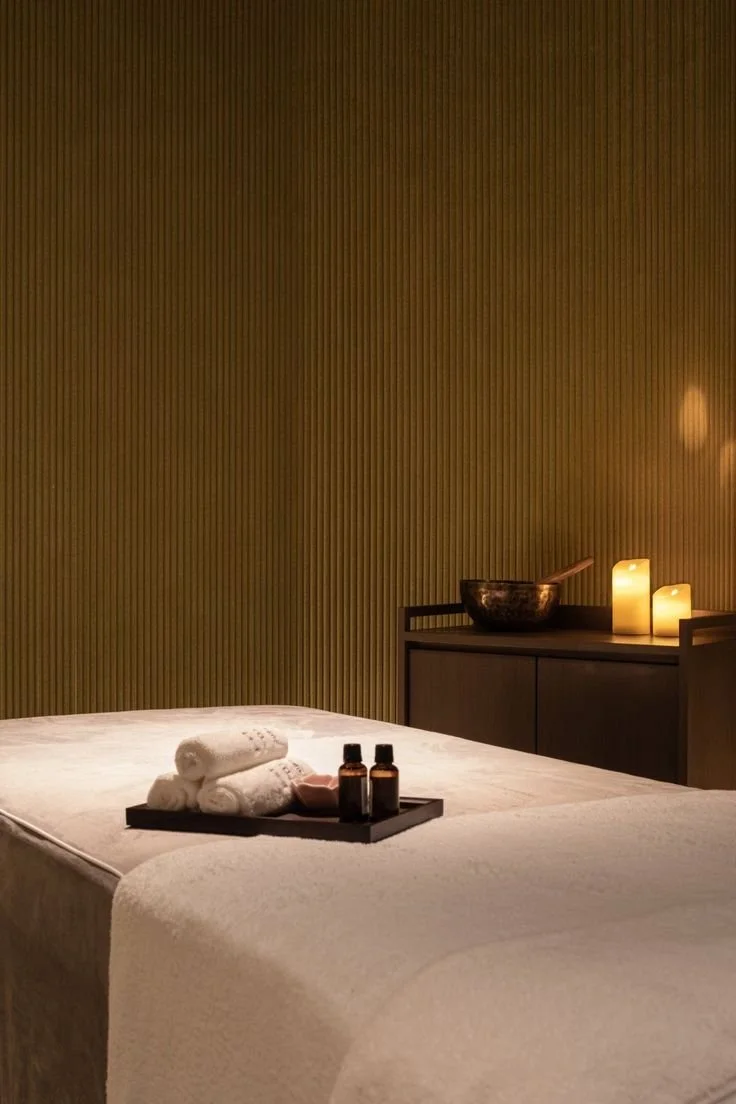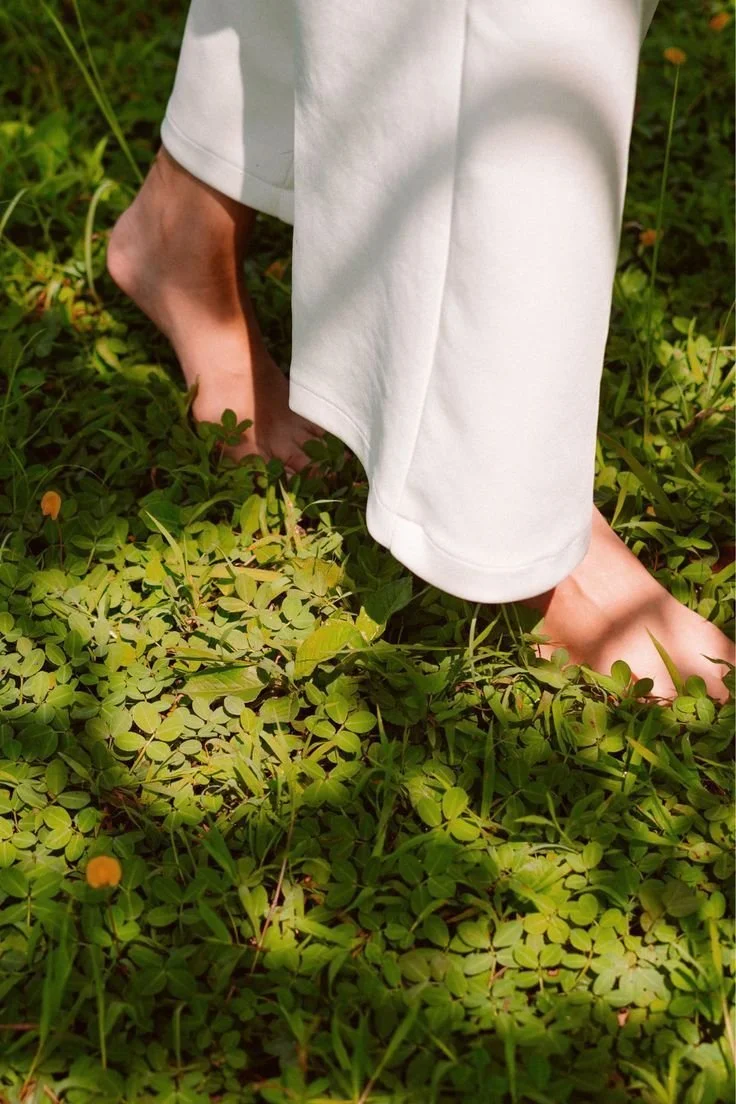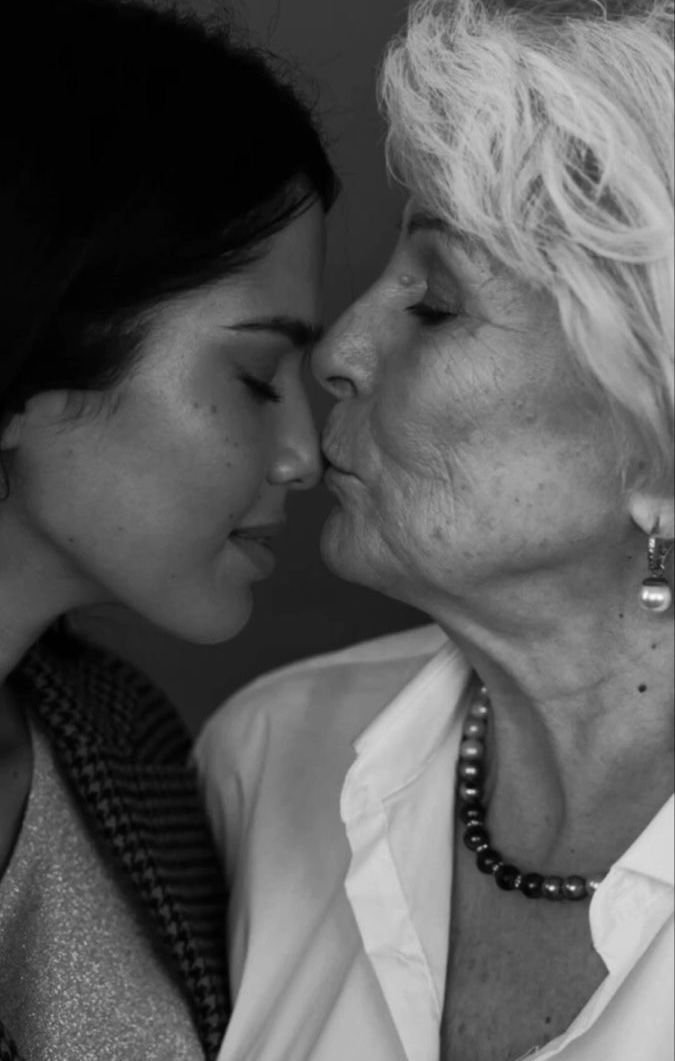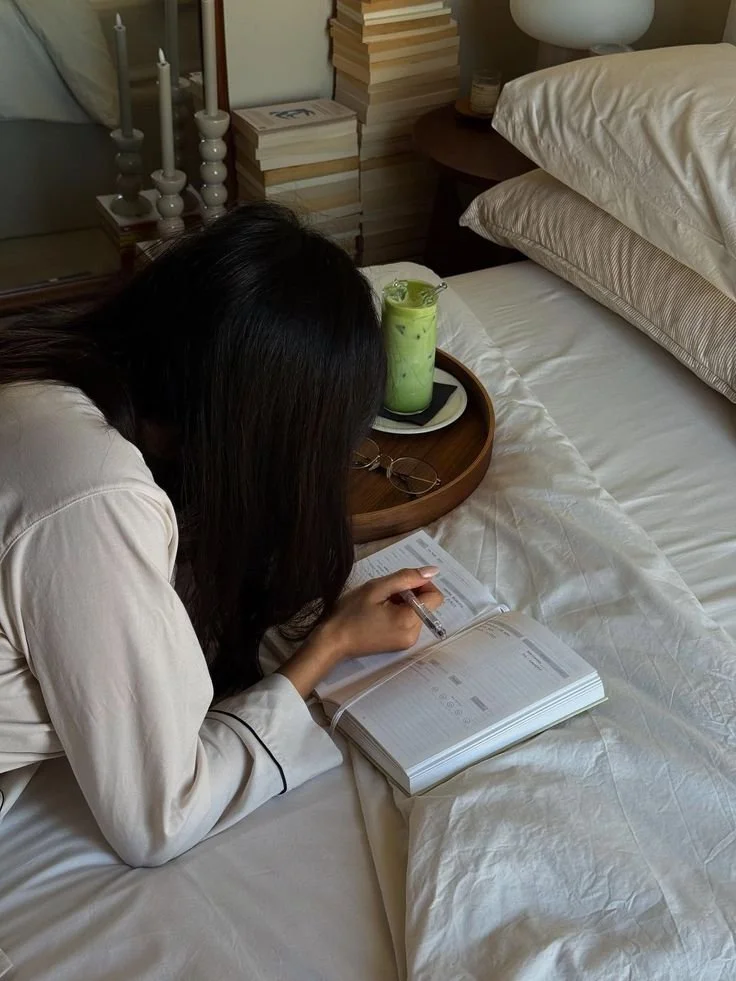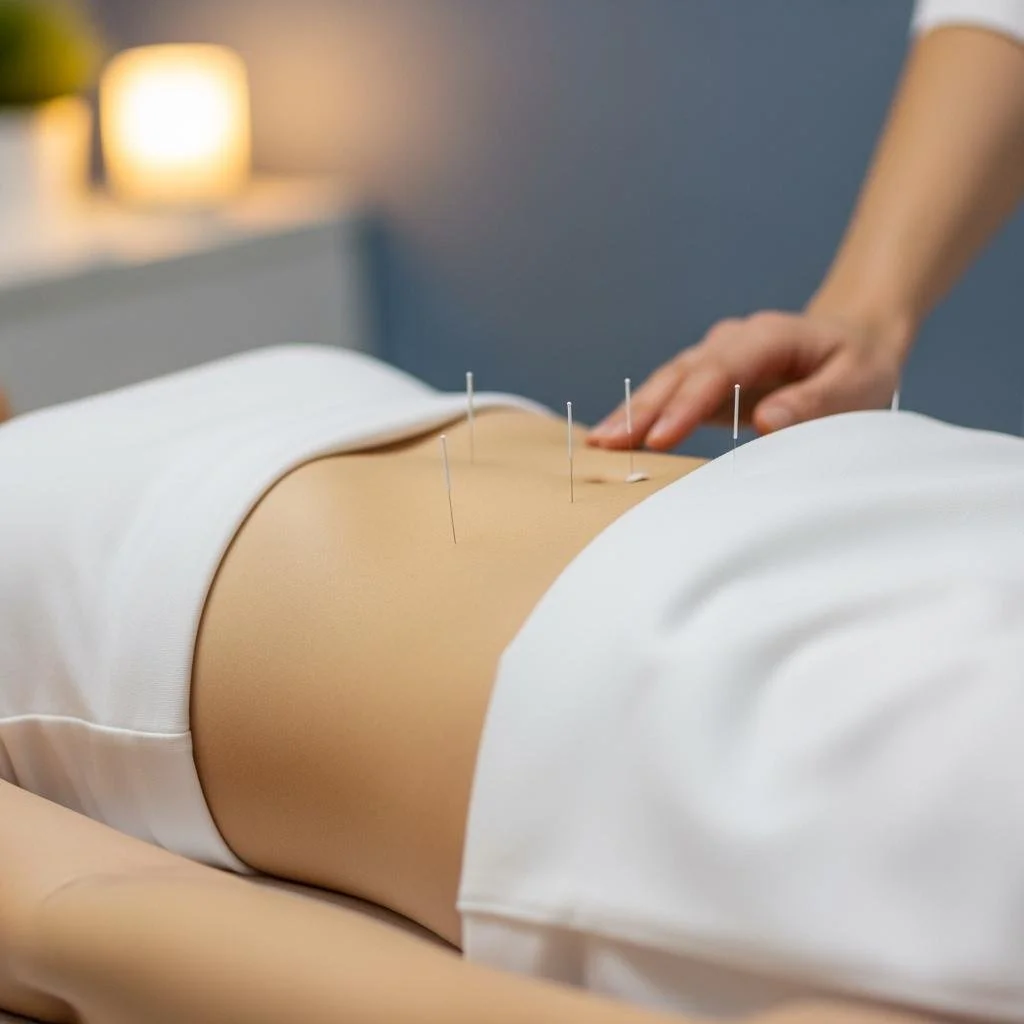How Long Do Cold Germs Live On Surfaces In Everyday Life?
As cold and flu season rolls around each year, the question on everyone’s mind becomes more urgent: how long do cold germs live on surfaces in everyday life? These invisible invaders are more than just seasonal nuisances—they can disrupt households, workplaces, and entire communities. Understanding the lifespan of cold viruses on various materials is a crucial step in protecting yourself and those around you.
In this article, we’ll explore how long cold germs can survive on different surfaces, what factors influence their longevity, and the most effective ways to prevent their spread. With practical tips and insights, you’ll be better equipped to maintain a cleaner, healthier environment—whether at home, in the office, or on the go.
No. 1
Survival on Different Surfaces
Cold germs can linger on a wide range of surfaces, but their lifespan varies greatly depending on the material.
Hard surfaces (such as metal, plastic, and glass) can harbor cold viruses for several hours and, in some cases, up to several days. These smooth surfaces provide a stable environment where germs can remain active longer.
Soft surfaces (like fabric, paper, or upholstery) typically reduce the lifespan of germs. The porous nature of these materials absorbs moisture, making it harder for viruses to survive.
Even though cold germs may not live as long on fabrics or paper, frequent contact—like touching clothes, towels, or tissues—can still facilitate their spread.
No. 2
Factors Influencing Germ Lifespan
Several environmental factors determine how long cold germs can survive on surfaces:
Temperature: Cooler temperatures tend to preserve viruses, allowing them to remain viable for longer periods. In contrast, warmer conditions can shorten their lifespan.
Humidity: Moist environments are more hospitable to germs. High humidity levels can help viruses thrive, while dry air can dehydrate and kill them more quickly.
Surface Type: As mentioned, smooth, non-porous surfaces support longer germ survival compared to porous materials.
Cleaning frequency also plays a major role. Surfaces that are regularly disinfected are far less likely to harbor active germs.
No. 3
Common Household Surfaces
In everyday life, certain surfaces are more prone to contamination due to frequent contact. These include:
Doorknobs and handles
Light switches
Remote controls
Kitchen counters
Bathroom fixtures
Phones and tablets
Computer keyboards and mice
These high-touch areas are hotspots for germ transmission. Regularly disinfecting them can significantly reduce the risk of spreading cold viruses.
Vitacost
Save big on vitamins, supplements, and healthy essentials at Vitacost – your one-stop shop for wellness!
No. 4
Practical Cleaning Tips
Maintaining a germ-free environment doesn’t have to be overwhelming. Here are some effective cleaning strategies:
Disinfect high-touch surfaces daily using natural disinfectants like hydrogen peroxide, white vinegar, Kangen 2.5 pH water, hot water, certain essential oils (like tea tree or lemon oil), alcohol-based cleaners, or EPA-approved disinfectants.
Use disposable wipes or microfiber cloths to avoid cross-contamination.
Wash your hands frequently with soap and water for at least 20 seconds, especially after touching shared surfaces.
Encourage household members to clean personal devices like phones and tablets regularly.
According to the Centers for Disease Control and Prevention (CDC), alcohol-based solutions with at least 60% alcohol are highly effective in eliminating cold viruses from surfaces.
No. 5
Impact on Daily Life
The presence of cold germs on surfaces can influence everything from your cleaning routine to your social interactions. While frequent cleaning may seem tedious, it’s a small effort compared to the discomfort and disruption caused by illness.
By targeting the surfaces most likely to harbor germs, you can clean smarter—not harder.
For example:
Use tissues or your sleeve when touching elevator buttons or door handles.
Sanitize shared items like pens, remotes, and phones after use.
Encourage guests or coworkers to wash their hands upon entering shared spaces.
These small habits can make a big difference in maintaining a healthy environment.
No. 6
The Role of Personal Habits
Personal hygiene is a powerful tool in the fight against cold germs. Simple habits can significantly reduce the spread of viruses:
Cover your mouth and nose with a tissue or elbow when sneezing or coughing.
Avoid sharing personal items such as towels, utensils, or cups.
Teach children proper hygiene practices early on—like handwashing and using tissues.
Creating a culture of cleanliness within your household or workplace helps everyone stay healthier and more mindful of their actions.
No. 7
Prevention Strategies
Beyond cleaning and hygiene, there are additional strategies to reduce exposure to cold germs:
Use hand sanitizer when soap and water are not available.
Disinfect shared tools and electronics regularly, especially in communal areas.
Improve air circulation by opening windows or using air purifiers to reduce airborne particles that can settle on surfaces.
These proactive measures help break the cycle of transmission and reduce the likelihood of infection.
TAkeaways
Understanding how long cold germs live on surfaces is a critical step in protecting yourself and others from illness. These tiny but tenacious invaders can survive for hours or even days, depending on the material and environmental conditions. However, with informed cleaning practices and good personal hygiene, their impact can be significantly reduced.
By focusing on high-touch areas, adopting smart cleaning habits, and encouraging hygienic behavior within your household or workplace, you can create a safer, healthier space for everyone. While we may not be able to eliminate cold germs entirely, we can certainly outsmart them with knowledge, diligence, and a commitment to cleanliness.
Looking for Wellness resources?
Are you looking to enhance your wellness routine? Explore our wellness partners who offer a wide range of resources to support your journey toward holistic living and well-being.




